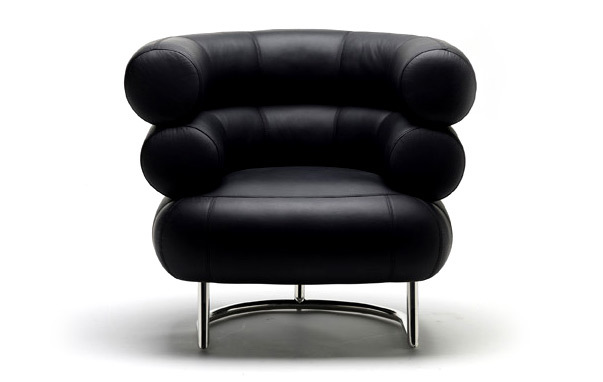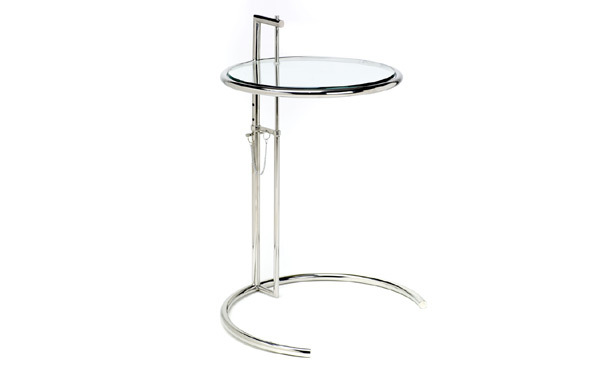Eileen Gray
9th August 1878 – 31st October 1976
Decades later, the chair is a true design icon, almost decadently comfortable and undeniably striking. But the Bibendum, along with Gray’s other works, were hardly overnight sensations.
As a woman designer working in a pre-feminist era, Eileen Gray was shut out of the networks, mentorships and apprenticeships that launched her male contemporaries into the stratosphere. And while most of these counterparts associated themselves with one specific design “movement” or another, Gray remained doggedly independent.
That independence took Eileen Gray from a privileged background in London to a life working with lacquer, training under the young Japanese craftsman Sugawara. Working with the chemicals involved was so dangerous it actually made her sick. But there was an upside to the pain.
Gray was commissioned to decorate a fashionable Paris apartment, which she filled with dramatic pieces including halls lined with hundreds of small rectangular lacquered panels, lamps and the pièce de résistance, the canoe-shaped, brown lacquer and silver leaf Pirogue daybed. The apartment was hailed as a triumph of luxe modern living.
Having tackled the lacquer business, Gray moved on to architecture, encouraged by Romanian-born architecture critic Jean Badovici, who stated that “Eileen Gray occupies the centre of the modern movement.”
Together, they began construction of house E-1027 on a cliff overlooking the Mediterranean. The site and modern design inspired Gray to design the furniture as well, including the Bibendum chair and her equally iconic, circular glass E-1027 table, which she created for a sister who loved to eat breakfast in bed.
More achievements followed, but Gray failed to become a design superstar like many of her peers. Only in the late ‘60s did her work suddenly begin to gain recognition, and she was feted as an inspiration to both the Modernist and Art Deco movements. Today, Eileen Gray has finally earned her place alongside design’s big boys, as a woman and a creative force who was truly ahead of her time.


